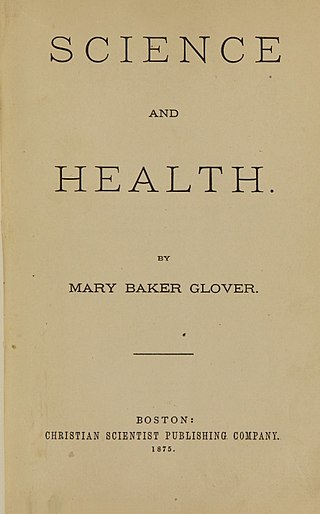
Science and Health with Key to the Scriptures by Mary Baker Eddy is, along with the Bible, one of the two central texts of the Christian Science religion. Eddy described it as her "most important work". She began writing it in February 1872, and the first edition was published in 1875. However, she would continue working on it and making changes for the rest of her life.

Mary Baker Eddy was an American religious leader and author who founded The Church of Christ, Scientist, in New England in 1879. She also founded The Christian Science Monitor in 1908, and three religious magazines: the Christian Science Sentinel, The Christian Science Journal, and The Herald of Christian Science. She wrote numerous books and articles, the notable of which were Science and Health with Key to the Scriptures and Manual of The Mother Church. Other works were edited posthumously into the Prose Works Other than Science and Health.

Christian Science is a set of beliefs and practices which are associated with members of the Church of Christ, Scientist. Adherents are commonly known as Christian Scientists or students of Christian Science, and the church is sometimes informally known as the Christian Science church. It was founded in 1879 in New England by Mary Baker Eddy, who wrote the 1875 book Science and Health with Key to the Scriptures, which outlined the theology of Christian Science. The book became Christian Science's central text, along with the Bible, and by 2001 had sold over nine million copies.

Bliss Knapp, the son of Ira O. and Flavia S. Knapp, students of Mary Baker Eddy, was an early Christian Science lecturer, practitioner, teacher and the author of The Destiny of the Mother Church.

The First Church of Christ, Scientist is the administrative headquarters and mother church of the Church of Christ, Scientist, also known as the Christian Science church. Christian Science was founded in the 19th century in Lynn, Massachusetts, by Mary Baker Eddy with the publication of her book Science and Health (1875).

The Dupee Estate, located at 400 Beacon Street in the village of Chestnut Hill, Newton, Massachusetts, was the last home of Mary Baker Eddy, the founder of Christian Science.

The former First Church of Christ Scientist, is an historic Christian Science church building located at 315 Wisconsin Avenue, Madison, Wisconsin, United States. Built in 1929, it was designed in the Classical Revival-style by noted Madison architect Frank M. Riley. In 1982 the building was added to the National Register of Historic Places.

The Life of Mary Baker G. Eddy and the History of Christian Science (1909) is a highly critical account of the life of Mary Baker Eddy, the founder of Christian Science, and the early history of the Christian Science church in 19th-century New England. It was published as a book in November 1909 in New York by Doubleday, Page & Company. The original byline was that of a journalist, Georgine Milmine, but a 1993 printing of the book declared that novelist Willa Cather was the principal author; however, this assessment has been questioned by more recent scholarship which again identifies Milmine as the primary author, although Cather and others did significant editing. Cather herself usually wrote that she did nothing more than standard copy-editing, but sometimes that she was the primary author.

Rev. Irving Clinton Tomlinson was an American Universalist minister who converted to Christian Science, becoming a practitioner and teacher. For a time, he lived as one of the workers in the household of church founder, Mary Baker Eddy, later writing a book about his experiences called Twelve Years with Mary Baker Eddy.
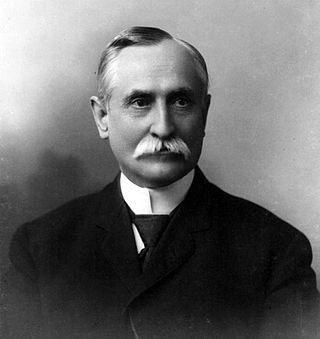
Calvin Augustine Frye was the personal assistant of Mary Baker Eddy (1821–1910), the founder of Christian Science.

The Reuben Foster House and Perley Cleaves House are a pair of nearly identical Greek Revival houses at 64 and 62 North State Street in Concord, New Hampshire. Built 1848–1850, they are among New Hampshire's best examples of Greek Revival architecture, having undergone only relatively modest alterations. The houses were listed on the National Register of Historic Places in 1982. The Cleaves House is further notable for its association with Mary Baker Eddy, and now serves as a historic house museum.
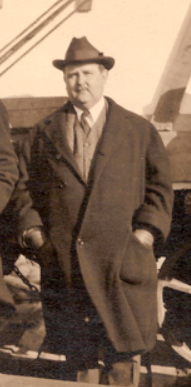
John Valentine Dittemore was director of The First Church of Christ, Scientist, the Christian Science church, in Boston from 1909 until 1919. Before that he was head of the church's Committee on Publication in New York, and a trustee for ten years of the estate of Mary Baker Eddy (1821–1910), the founder of the church. Dittemore is best known as the co-author, with Ernest Sutherland Bates, of Mary Baker Eddy: The Truth and the Tradition (1932).

Edward Dow was an American architect from New Hampshire.
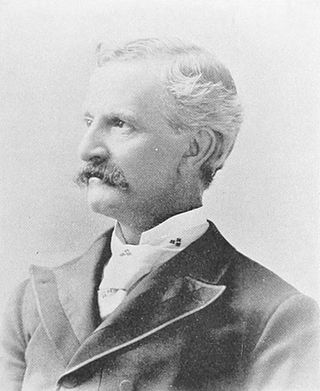
James E. Randlett was an American architect from Concord, New Hampshire.
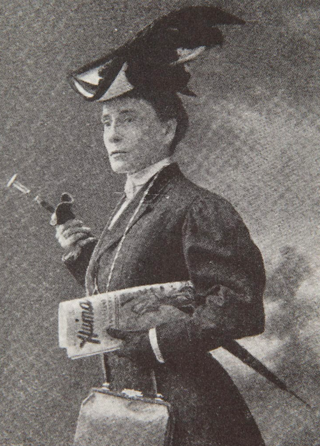
Sibyl Wilbur O'Brien Stone, best known as Sibyl Wilbur, was an American journalist, suffragist, and author of a biography of Mary Baker Eddy. She was a San Diego Branch Member of the National League of American Pen Women and a member of the New England Woman's Press Association.

Adam Herbert Dickey, was an author, member of the Board of Directors of The First Church of Christ, Scientist, and a secretary to Mary Baker Eddy.

Violet Spiller Hay was a Christian Science teacher and hymnist. She was one of the first teachers of Christian Science in the United Kingdom and the religion's first teacher in South Africa.

The Mary Baker Eddy House is a historic house museum at 8 Broad Street in Lynn, Massachusetts. Built in 1870–71, it was the home of Mary Baker Eddy (1821-1910), founder of the Church of Christ, Scientist, from 1875 to 1882. The house is now owned by the church, which operates it as a historic site devoted to Eddy's life and early church history. The house was designated a National Historic Landmark in 2021, and was included in the Diamond Historic District in 1996.

The "Next Friends" suit of 1907 was a lawsuit instigated by the New York World regarding Mary Baker Eddy, a religious leader from New England.























